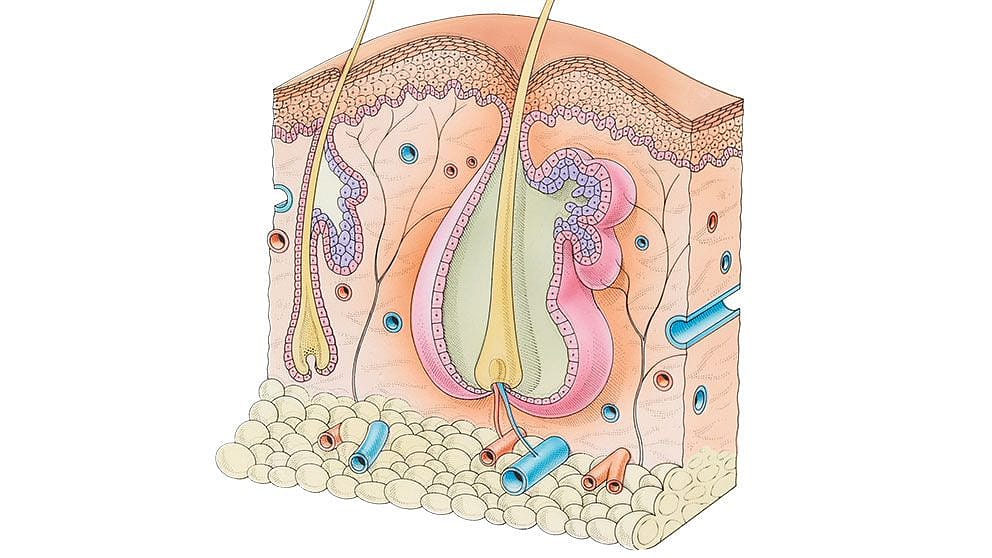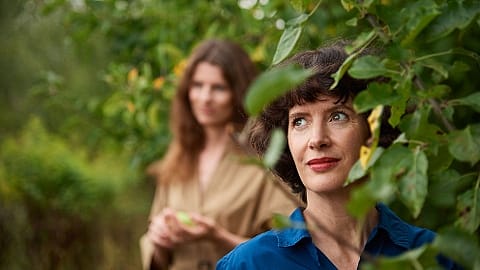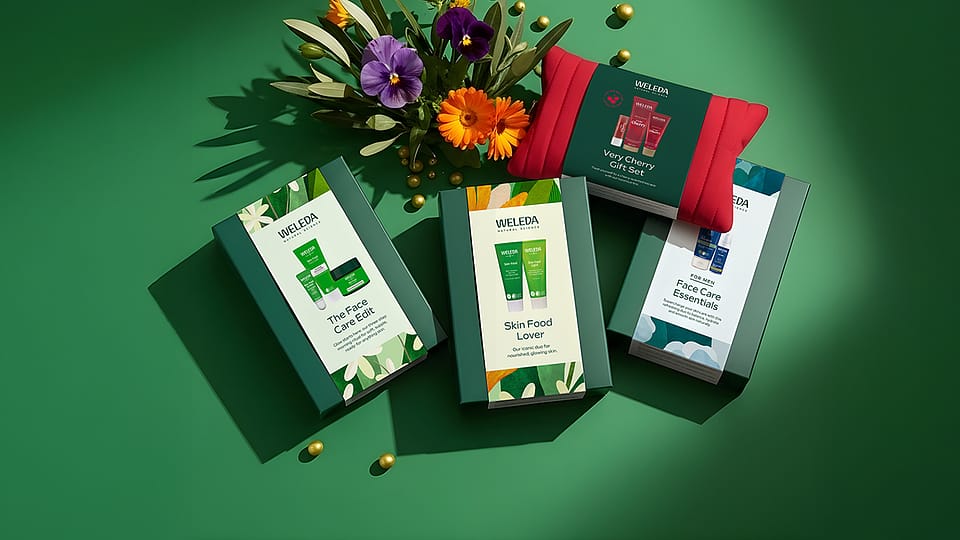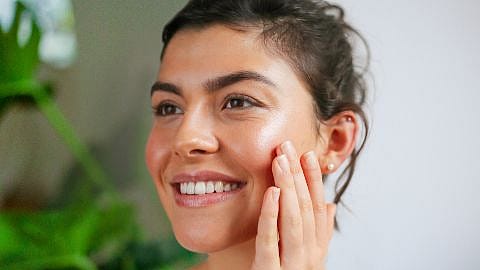Anatomically, we can distinguish between three layers of the skin: The outermost layer (epidermis), the inner layer with its glands and nerves (dermis), and the innermost layer (hypodermis), which is composed mainly of fat cells.
Our Protective Barrier
It breathes, feels and regenerates. The skin is not only our largest sensory organ, but also one of the most multifaceted human organ, on both a physical and emotional level. We’ve put together some interesting facts below.
It protects our body against environmental influences and closes it off from the outside world. It is responsible for our thermal regulation. And it is an important “outpost” of our immune system to ward off pathogens. The skin is very much alive, and it is constantly changing. Its metabolism exists in an intense interchange of liquids and gases (skin respiration) and can react very sensitively to physical as well as emotional influences. Our skin is in many ways associated with our inner emotional world. As our largest sensory organ, it works with a network of highly specialised sensory cells distributed throughout the body to form the basis of our temperature, touch and pain perception. At the same time, it brings our inner emotional states to the surface and reveals our feelings, for example when we blush or become pale.
Skin as a Sensory Organ
The skin has many functions and there are numerous processes in the organism that it is involved in. Of particular importance is its function as a sensory organ. We can distinguish between three main groups of sensory perceptions that are highly refined in humans. These are:
- Our thermal sense, which allows us to perceive the temperature around us and compare it with our own temperature. The thermal sense serves to maintain our body temperature, and also helps to protect us against frostbite and burns. Our body temperature also affects our physical well-being.
- Our tactile senses, which we use to perceive touch, pressure and vibrations.
- Pain receptors, which allow us to perceive imminent or already occurring tissue damage due to external influences (such as injuries) or from the inside (such as inflammation).
2
1.5 to 2 m² total surface area
4
3 to 4 kg total weight
20
km of blood vessels
3
weeks to renew the upper cell layers
300000
sebaceous glands
2
million sweat glands
60
million nerve endings
60
billion cells
Mirror of the Soul
Everyday reactions, such as becoming pale with fright and fear or blushing with shame, embarrassment and other emotions, show the importance of skin as a mirror of the soul. Outside stimuli can influence our emotional state of mind. Depending on how sensitive we are, sensations of cold and heat, pressure and pain can affect us in different ways. Our skin and soul are intimately linked. Many skin diseases can lead to mental health problems or stress. Conversely, many skin diseases have a psychosomatic background. In Anthroposophic Medicine, we seek to gain a deeper understanding of illnesses. Special attention is given to the relationship between the skin and physical as well as emotional processes.
© Skin cross-section Getty Images
All figures are approximate.
Dr. Frank Meyer
General Physician
Dr. Mayer is specialised in Anthroposophic Medicine and is an expert on Holistic Medicine. He lives and works in Nuremberg, Germany.








